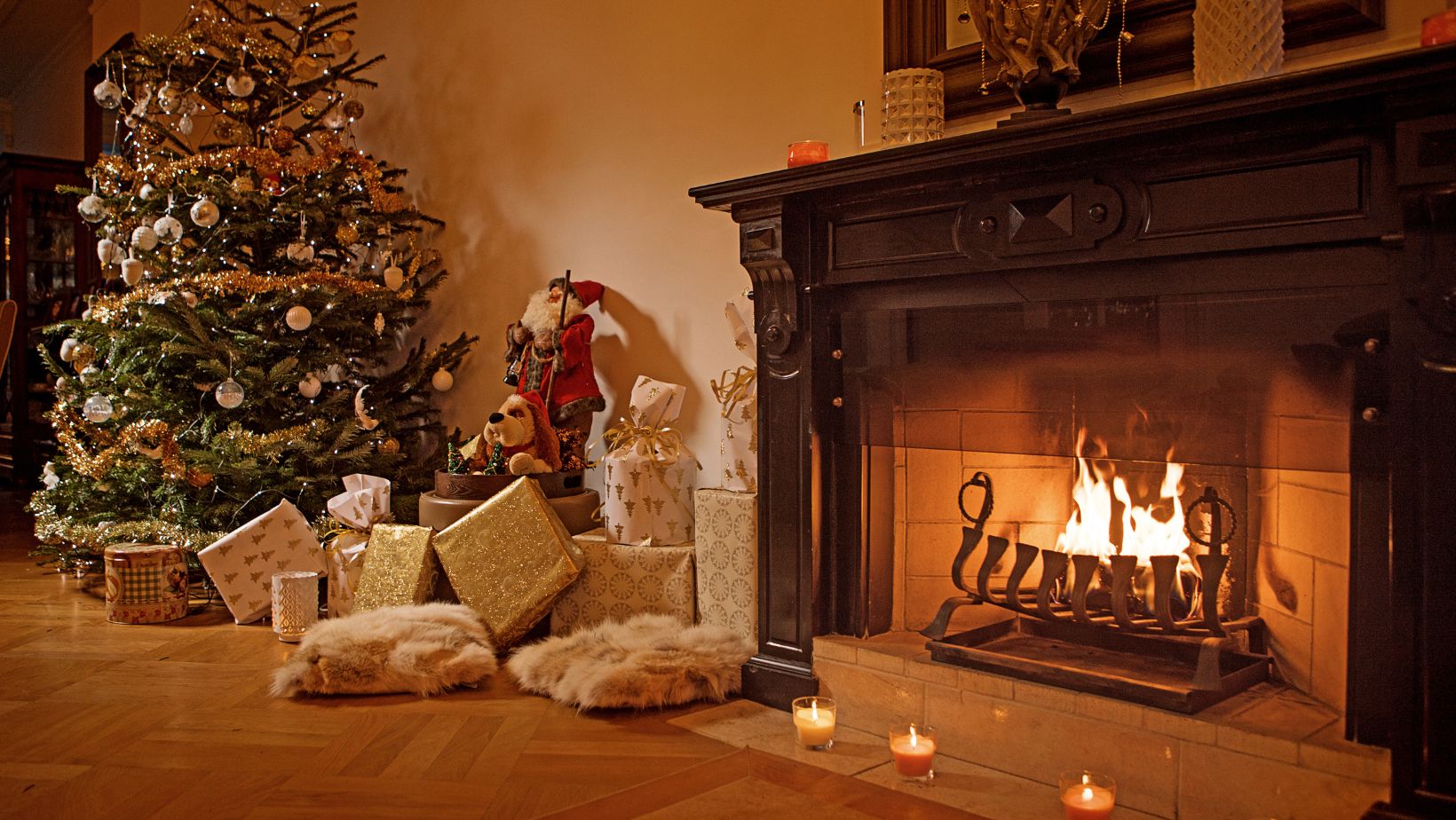
Heat loss is amongst the main reasons homes aren’t able to retain enough warmth during the colder seasons. If your home is not well-insulated or sealed, the warm air inside will easily seep out, and this cuts down on the temperature within the home. This only raises your utility bills because the furnace or heating system works extra hard, replacing this lost heat. Fortunately, many options for reducing heat loss and otherwise improving energy efficiency for a home do exist. With just a few minor adjustments, you can have a warmer interior and reduce those heating bills.
Seal Drafts and Gaps
One of the steps that help you reduce heat loss involves addressing drafts and gaps around your home. That involves checking all areas where cold air can enter, near windows, doors, and any place where pipes or ducts come in. The most common culprit of heat loss is usually from around your windows and doors because many times they have not been sealed correctly. Apply weatherstripping or caulking over the gaps to seal it. For areas with larger gaps and cracks, such as in the foundation or the attic, it could be worth investing in more insulation or foam sealant. Besides keeping the warm air inside, this will also manage to block cold air from seeping into your living space.
Add More Insulation
Proper insulation remains one of the most basic ways to keep warmth inside your home. Insulation in the attic and walls can really cut down on how much heat escapes. In older homes, insulation may be antiquated or not good enough to handle the job, leading to considerable loss of heat. In those cases, consider alternative methods like radiant heating in ceilings to improve warmth distribution and reduce overall heat loss during the colder months. Adding additional insulation-such as fiberglass or spray foam-can help raise your home’s energy efficiency. Focus on areas most likely to lose heat, such as attics and crawl spaces. Insulation can keep the warm air from getting outside in the cold. This means your home’s interior temperature will remain much more stable.
Consider Energy-Efficient Windows
Another significant source of heat loss comes through the windows, particularly if your house has old or single-pane windows. These are less capable of keeping warm
air inside during winter. Double or triple-pane windows that are designed to provide better insulation are a good solution.

These are made with multiple layers of glass and a layer of insulating gas between the panes to reduce the transfer of heat. Add window treatments such as thick curtains or thermal blinds that can help trap heat inside if window replacement is out of the question. Other quick fix methods to reduce heat loss via windows include applying window films or even plastic window insulation kits.
Gain More Heat with the Assistance of Curtains and Rugs
One simple method of retaining heat uses heavy curtains or, for the most advantageous means, thermal drapes. When curtains are closed at nighttime or even in the daytime when it is especially cold outside, insulation can be added. These will help in keeping the cold from entering through your windows and keep the warmth inside. Similarly, area rugs or carpets on bare floors can help in trapping heat from escaping through the ground, especially in places that have tile or hardwood floors. Adding layers of rugs in key areas, like living rooms or bedrooms, can make a marked difference in how warm your home feels.
Maintain Your Heating System
Other most important aspects to note that reduce heat loss and keep your home warm throughout winter are regular servicing of the heating system. Your furnace should be at its best by having a yearly inspection and cleaning scheduled.

A well-maintained furnace or heating system will use less energy in warming up your home thus reducing overall energy use. If your furnace is outdated, it may be time to consider a replacement or upgrade, especially if it’s no longer running efficiently. Proper furnace installation and regular servicing can help maintain optimal performance and avoid unnecessary heat loss due to malfunctioning systems.
Use Space Heaters for Targeted Heating
In some cases, it’s possible to heat specific areas of your home more effectively by using space heaters. Instead of cranking up the thermostat to heat a whole house, try using a space heater when you’re in a room. You’ll be able to focus the heat where you need it, and possibly lower your heating bills. Just be sure to follow all the safety precautions to keep your space heaters a safe distance from flammable materials and to turn them off when you leave the room.
One of the best ways to be warm without overworking your heating system is to prevent heat loss in the home. Seal the drafts, add more insulation, and hang heavier curtains and throw rugs to make your home tight. This, along with maintaining your furnace and exploring energy-efficient windows, really goes a long way toward an improved home in general. Follow these easy steps, and you are going to like your living space so much more while heating it at a lesser cost.












